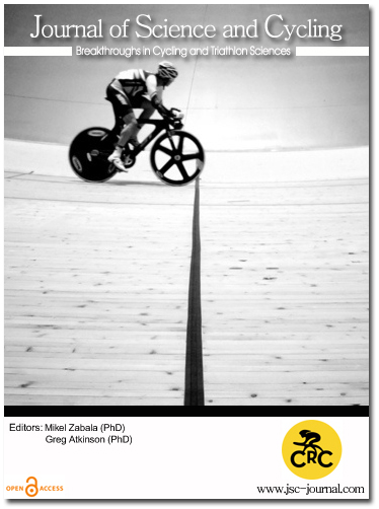Maximum Power Available: An Important Concept for Prediction of Task Failure and Improved Estimation of Training Loads in Cycling
Keywords:
Critical Power, Modeling, High-Intensity Training, Training LoadAbstract
Predicting cycling performance requires accurate quantification of the parameters of the power-duration relationship and detailed understanding of the training load-performance relationship. Existing models simplify training stress into single metrics, overlooking diverse responses to intensities and their time-dependency. The theoretical framework for the concept of Maximum Power Available (MPA) is described in this presentation. MPA is used to quantify instantaneous training stress and predict task failure in cycling. It employs a modified 3-parameter critical power model capable of fitting intermittent data while relying solely on the W’ balance differential model. Rather than W’ balance = 0, task failure is defined as MPA reaching the task work rate. Additionally, MPA may be used to derive more valid training load metrics when compared with other training load metrics. By acknowledging the multidimensional nature of exercise stress, this model provides a more comprehensive model for the power-duration and the training load-performance relationship, with the potential to facilitate more effective training program design and performance optimization.
Downloads
Published
How to Cite
Issue
Section
Copyright (c) 2024 Journal of Science and Cycling

This work is licensed under a Creative Commons Attribution-NonCommercial-NoDerivatives 4.0 International License.
Authors contributing to Journal of Science and Cycling agree to publish their articles under a Creative Commons CC BY-NC-ND license, allowing third parties to copy and redistribute the material in any medium or format, and to remix, transform, and build upon the material, for any purpose, even commercially, under the condition that appropriate credit is given, that a link to the license is provided, and that you indicate if changes were made. You may do so in any reasonable manner, but not in any way that suggests the licensor endorses you or your use.
Authors retain copyright of their work, with first publication rights granted to Cycling Research Center.






